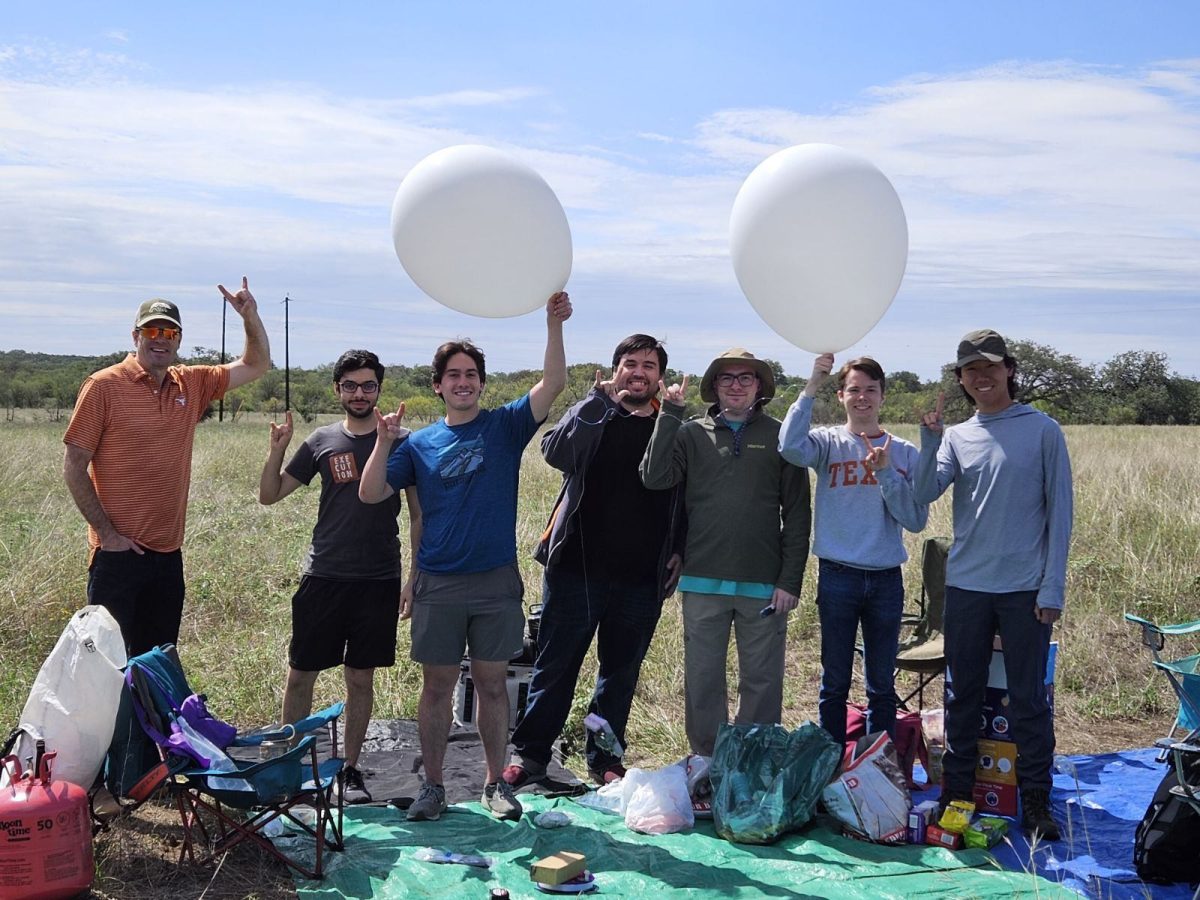UT biologists are developing a method to reduce the prevalence of invasive fire ants by introducing their natural enemies — parasitic flies that turn them into zombie-like ants.
According to University’s Fire Ant Project website, specific species of small insects, known as phorid flies, lay an egg in the thoraxes of invasive fire ants. A larva hatches out of the egg and moves into the ant’s head. The ant wanders away from the nest, where it dies and its head falls off. The phorid fly matures in the cavity that formerly contained the ant’s jaw muscles and brain.
Lawrence E. Gilbert, director of the Brackenridge Field Laboratory and leader of the research, said the flies proved to be ecologically safe. A map on UT’s Fire Ant Project website shows the extent of the fly’s range, which now encompasses all of Central Texas since the introduction of the first non-native ant-decapitating species in 2002.
Both insects are native to South America, but the ants were brought to the United States accidentally and without their parasitic predators, Gilbert said.
“Another researcher several years ago found that phorid flies can prevent ants from dominating,” he said. “The flies will not eradicate invasive fire ants [in Texas] but they can help prevent them from being a major pest. That’s an important issue in Texas where fire ants cost the economy of Texas $1 billion per year.”
There is a native species of fire ant, but it contends with native predators and so it does not run amuck, said research associate Rob Plowes.
“Native Texas fire ants are seldom considered pests because they are in the presence of their natural enemies including eight species of phorid flies,” he said.
Gilbert said his research into using phorid flies to control invasive fire ants began after he took over the Brackenridge Field Laboratory in 1980. At that time, he was pleased with the diverse fauna, including more than 50 species of native ants, he said.
“A major selling point to researchers that were coming to work [at the field lab] was ‘Hey, look at these fantastic ants,’” Gilbert said.
A year later, invasive fire ants moved in, established a few colonies and took over, he said.
“They dramatically reduced the populations of other native arthropods and affected ground nesting vertebrates, like quail,” Gilbert said. “Obviously we can’t use broad spectrum pesticides because we want to preserve the ecological integrity.”
Gilbert said he began investigating whether non-native phorid flies could provide a solution without damaging the native ecology.
“We spent the first decade researching whether the flies would choose between their natural hosts and native fire ants,” he said. “We put them in situations of extreme choice. Even if [the phorid flies] are desperate, there is no evidence that they will switch to preying on the native fire ants.”



















